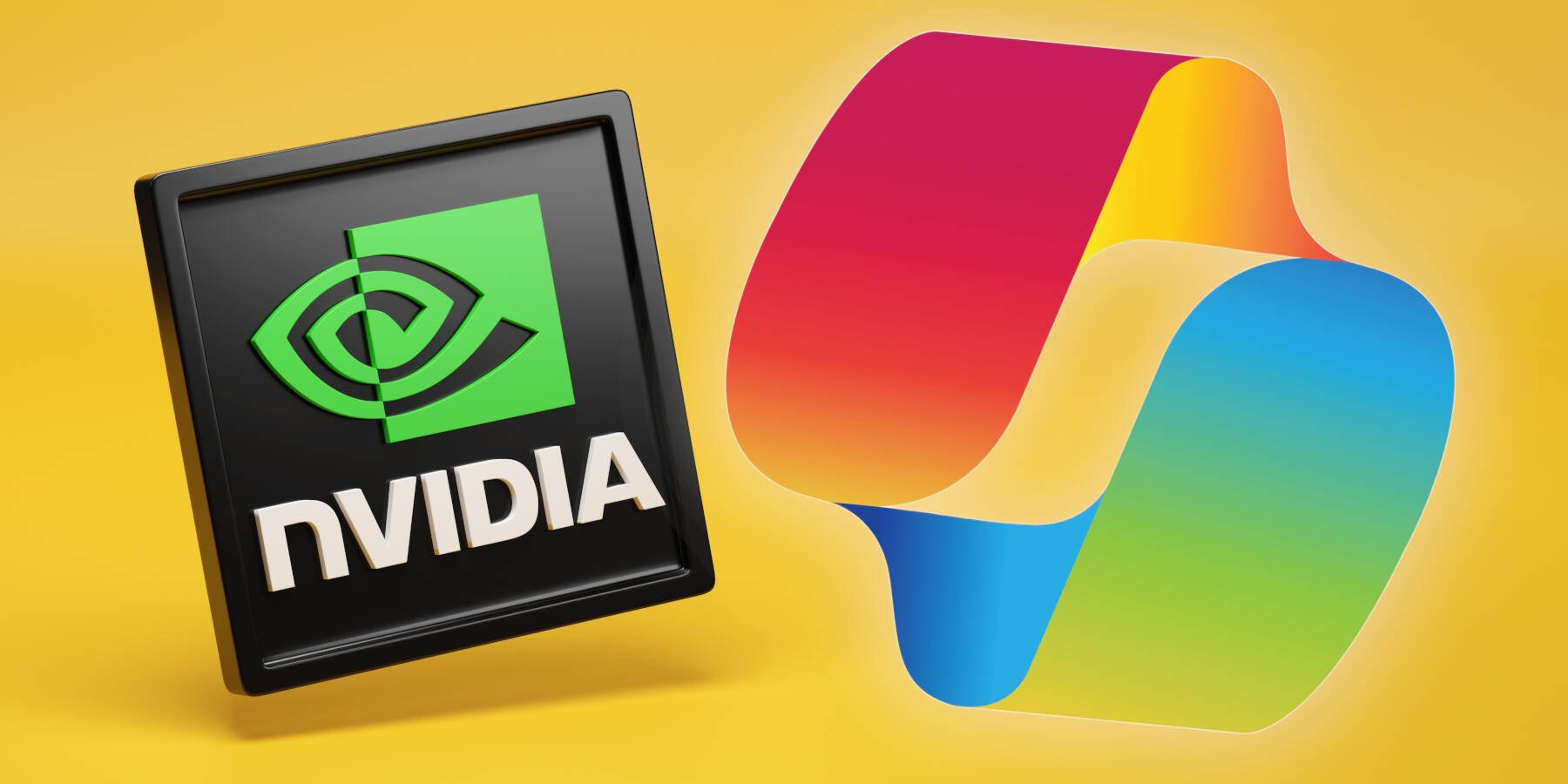What is Ruby?
Ruby is an object-oriented and general-purpose programming language created by Yukihiro Matsumoto (also known as Matz) in the 1990s in Japan. His main goal for creating Ruby is to make programming enjoyable. His focus was that systems design needs to emphasize human, rather than computer needs. Ruby's language was include by Perl, Smalltalk, and Eiffel. It is used by Github, Shopify, Twitter, Airbnb, Dribbble. Ruby's syntax is easy to learn and great for beginners. Advantages Ruby's is small, elegant and powerful with fewer number of lines of code. Ruby allows simple and fast creation of Web application which means easier work. Ruby is a dynamic programming language because of it features supports the dynamic behavior during runtime. Ruby is flexible and adaptable the way the programs are written and executed. Anything that have a value is considered an object in Ruby and it supports powerful object-oriented concepts like inheritance, polymorphism, and encapsulation. Ruby improves its memory through their built-in garbage collection that manages memory automatically by cleaning up unused objects. Ruby follow the rules of duck typing where objects are identified by what they can do rather than what class they belong to. Developers can use RubyGems to import add-ons, libraries and code packages that makes it faster to debug and authenticate. Ruby uses a virtual machine that is part of an interpret to execute code. Ruby is a highly flexible and powerful language because of metaprogramming which allows you to write code that can modify, define, or invoke methods, classes, and modules dynamically at runtime. Disadvantages Ruby is not the fastest language and runs slower than some other languages like C++ and Java, making less suitable for applications that require high performance. Ruby takes up more memory than some other languages due to it being a dynamic, object-oriented program and garbage collection. Ruby has scalability issues due to its design, runtime environment, performance and memory. Syntax Ruby's Syntax is slightly similar to Perl and Python. Ruby has several built-in data types including strings, numbers, arrays, hashes, and Booleans. Its design is elegant, readable and easy to write. Datatypes # String name = "Jane" # Integer age = 30 # Boolean is_student = true # Array numbers = [3, 4, 5, 6] Stings use single or double quotes. greeting = "Hello" name = "Jane" Ruby use single-line and multi-line comments. #This is a single line comment =begin This is a double line comment =end Hashes are (key-value pairs) person = { name: "Jane", age: 30 } Methods are defined with the def keyword and return values using the keyword return or implicitly. def greet(name) return "Hello" , #{name}! put greet(Jane) #output: Hello, Jane! Classes are written with the keyword class. def defines the method and end close them. class Human def initialize (name, age) @name = name @age = age end human = new Human.new("Jane", 30) Iterators are methods where you to loop through collections. Here is an example of the each method. [3, 4, 5].each do |num| puts num end #output #3 #4 #5 Loops are used to repeat a block of code multiple times until a particular condition is met or for a fixed number of iterations. Here is an example of a for loop. fruits = ["orange", "grapes", "apple"] for fruit in fruits puts fruit end # Output: # orange # grapes # apple Conclusion Ruby is an dynamic, object-oriented programming language known for it's simplicity and elegance. It's a language that can be used by beginners and experienced programmers. Ruby's focus is for the programmer to have fun and be happy.

Ruby is an object-oriented and general-purpose programming language created by Yukihiro Matsumoto (also known as Matz) in the 1990s in Japan. His main goal for creating Ruby is to make programming enjoyable. His focus was that systems design needs to emphasize human, rather than computer needs. Ruby's language was include by Perl, Smalltalk, and Eiffel. It is used by Github, Shopify, Twitter, Airbnb, Dribbble. Ruby's syntax is easy to learn and great for beginners.
Advantages
Ruby's is small, elegant and powerful with fewer number of lines of code.
Ruby allows simple and fast creation of Web application which means easier work.
Ruby is a dynamic programming language because of it features supports the dynamic behavior during runtime. Ruby is flexible and adaptable the way the programs are written and executed.
Anything that have a value is considered an object in Ruby and it supports powerful object-oriented concepts like inheritance, polymorphism, and encapsulation.
Ruby improves its memory through their built-in garbage collection that manages memory automatically by cleaning up unused objects.
Ruby follow the rules of duck typing where objects are identified by what they can do rather than what class they belong to.
Developers can use RubyGems to import add-ons, libraries and code packages that makes it faster to debug and authenticate.
Ruby uses a virtual machine that is part of an interpret to execute code.
Ruby is a highly flexible and powerful language because of metaprogramming which allows you to write code that can modify, define, or invoke methods, classes, and modules dynamically at runtime.
Disadvantages
Ruby is not the fastest language and runs slower than some other languages like C++ and Java, making less suitable for applications that require high performance.
Ruby takes up more memory than some other languages due to it being a dynamic, object-oriented program and garbage collection.
Ruby has scalability issues due to its design, runtime environment, performance and memory.
Syntax
Ruby's Syntax is slightly similar to Perl and Python.
Ruby has several built-in data types including strings, numbers, arrays, hashes, and Booleans. Its design is elegant, readable and easy to write.
Datatypes
# String
name = "Jane"
# Integer
age = 30
# Boolean
is_student = true
# Array
numbers = [3, 4, 5, 6]
Stings use single or double quotes.
greeting = "Hello"
name = "Jane"
Ruby use single-line and multi-line comments.
#This is a single line comment
=begin This is a double
line comment
=end
Hashes are (key-value pairs)
person = {
name: "Jane",
age: 30
}
Methods are defined with the def keyword and return values using the keyword return or implicitly.
def greet(name)
return "Hello" , #{name}!
put greet(Jane) #output: Hello, Jane!
Classes are written with the keyword class.
def defines the method and end close them.
class Human
def initialize (name, age)
@name = name
@age = age
end
human = new Human.new("Jane", 30)
Iterators are methods where you to loop through collections.
Here is an example of the each method.
[3, 4, 5].each do |num|
puts num
end
#output
#3
#4
#5
Loops are used to repeat a block of code multiple times until a particular condition is met or for a fixed number of iterations.
Here is an example of a for loop.
fruits = ["orange", "grapes", "apple"]
for fruit in fruits
puts fruit
end
# Output:
# orange
# grapes
# apple
Conclusion
Ruby is an dynamic, object-oriented programming language known for it's simplicity and elegance. It's a language that can be used by beginners and experienced programmers. Ruby's focus is for the programmer to have fun and be happy.





















